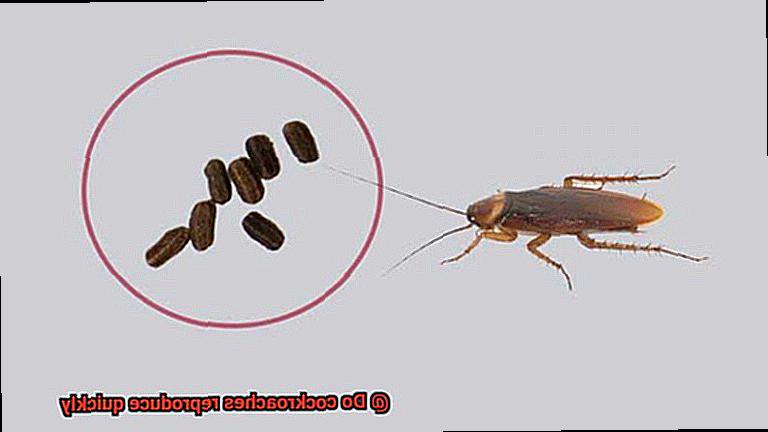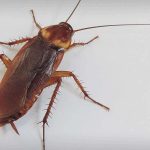Cockroaches are the ultimate survivors. They can withstand almost anything, from a nuclear explosion to harsh weather conditions. But what makes these pests truly terrifying is their ability to reproduce at an alarming rate. It’s no secret that cockroaches are prolific breeders, with some species capable of producing up to 400 offspring in a lifetime. This begs the question: do cockroaches reproduce quickly? The answer is a resounding yes.
Cockroaches have evolved to be experts at breeding quickly and easily. They can thrive in any environment and reproduce all year round. In fact, they reach reproductive age within just 1-3 months of hatching, and a single female can lay up to 50 eggs at once. These eggs can hatch within days under the right conditions, leading to an entire new generation of roaches.
If you’re reading this post, chances are you’re worried about a potential cockroach infestation in your home. Don’t panic; we’ve got your back. In this article, we’ll explore the factors that contribute to the speedy reproduction of these creepy crawlers and provide tips on how to prevent them from taking over your space.
What are Cockroaches?
Contents
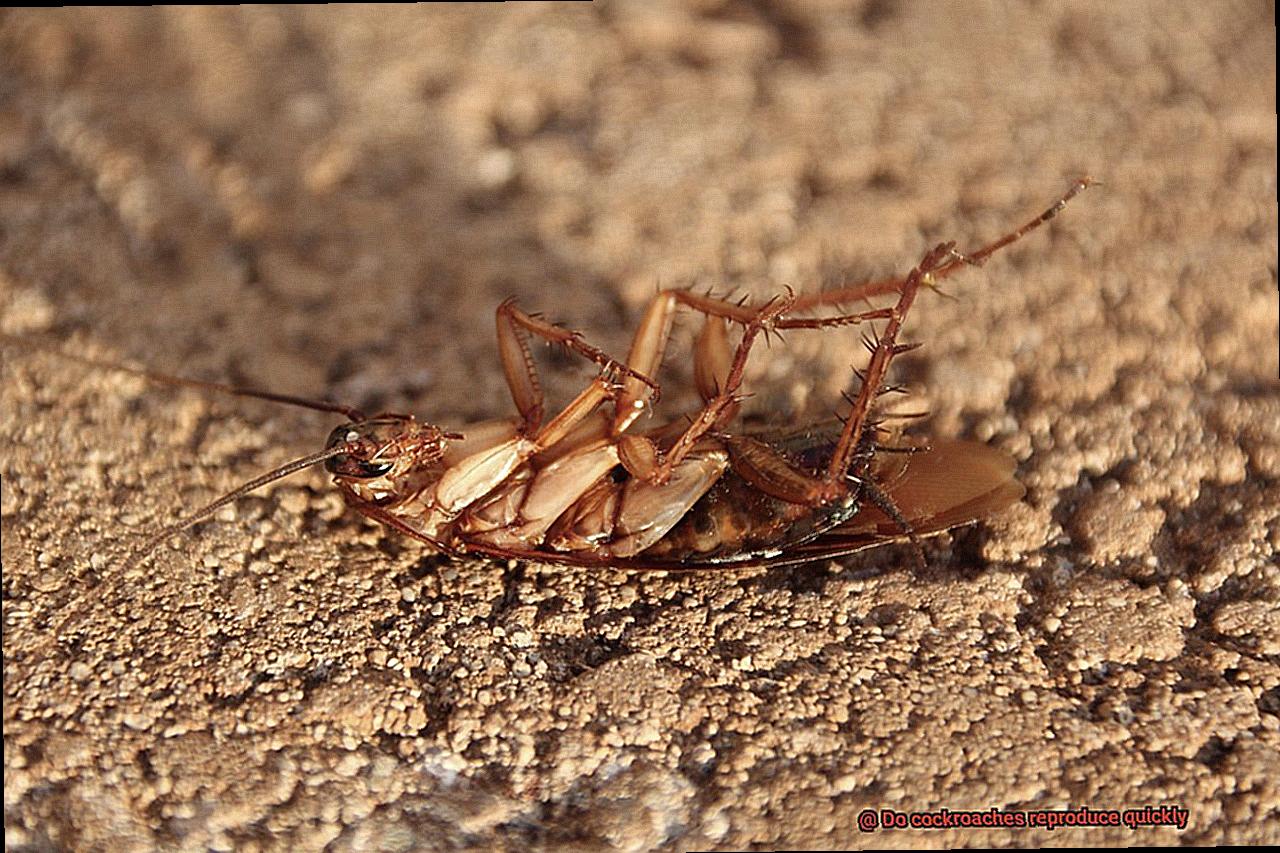
Just the mention of the word “Cockroaches” can make your skin crawl. But what exactly are these notorious insects? Well, they belong to the order Blattodea and come in about 4,500 different species worldwide. However, only around 30 of those species are found in human habitats, making them a common pest in homes and businesses.
Their flattened, oval-shaped body allows them to hide in tight spaces, and their brown or black coloring camouflages them in the shadows. With long antennae and two pairs of wings, some species can fly while others cannot. They prefer warm and humid environments, making homes and restaurants their ideal habitats. These nocturnal insects come out at night to feed on food scraps and other organic matter.
Cockroaches are known for their resilience and quick reproduction rate. Females can lay up to 50 eggs at a time and can produce as many as 400 offspring throughout their lifetime. They reproduce through a process called parthenogenesis, meaning females can reproduce without mating with males. Additionally, cockroach eggs develop rapidly and hatch within a few weeks, allowing their population to grow quickly.
But what about their reputation for carrying diseases? While they do carry bacteria and pathogens on their bodies, they do not transmit diseases directly to humans. However, their droppings and shed skin can trigger allergies and asthma in some people.
It’s important to take preventative measures to avoid a full-blown infestation. Keep your home clean and free of clutter, seal cracks and crevices where cockroaches can enter, and store food properly. If all else fails, contact a pest control professional for help.
How Do Cockroaches Reproduce?
Cockroaches may be small, but they sure do pack a punch in the reproduction department. As an expert in cockroach reproduction, I can tell you that these pests reproduce through sexual reproduction. This means that a male and female cockroach must mate before the female can lay eggs.
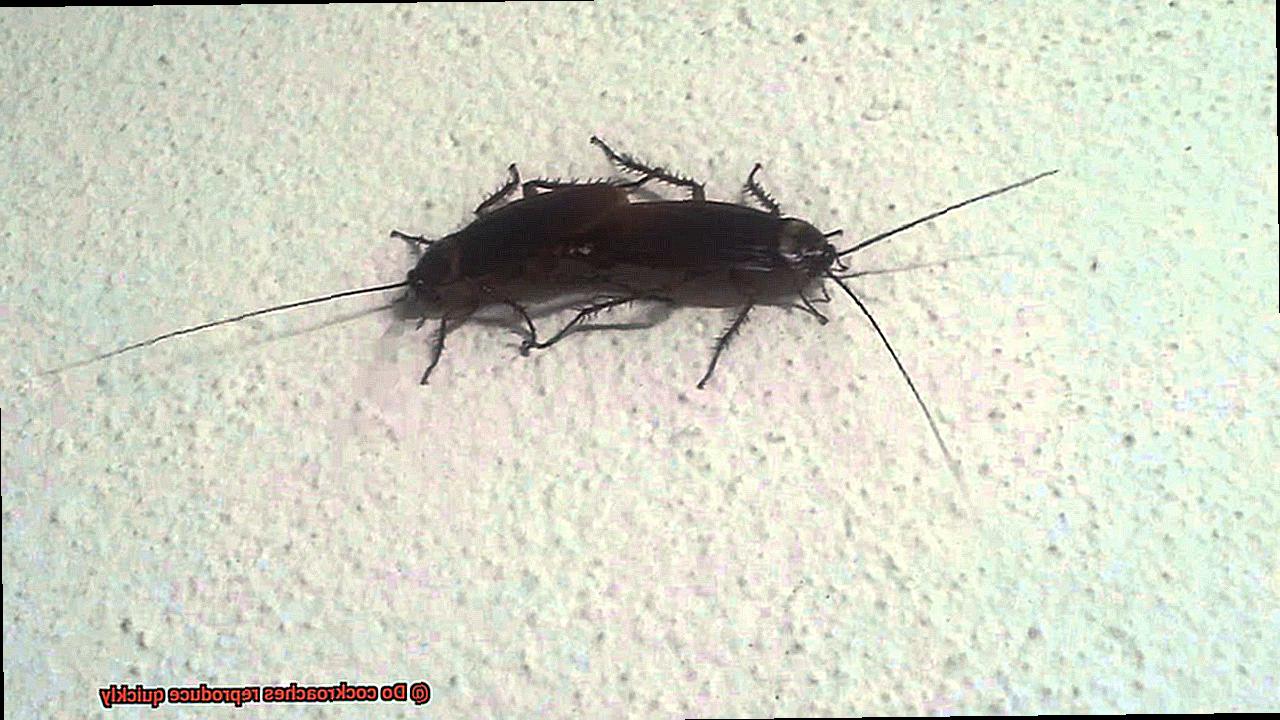
During mating, the male cockroach deposits a spermatophore into the female’s reproductive system. Once fertilized, the female cockroach will lay her eggs in a protected area, often near a food source. These eggs are enclosed in an ootheca, which is essentially a protective case for the eggs. Depending on the species, the number of eggs laid can range from 10 to 50 at a time.
After a few weeks, the eggs hatch into nymphs, which are miniature versions of adult cockroaches but without wings. The nymphs go through several molts before reaching adulthood and becoming capable of reproducing themselves. However, it’s important to note that the time it takes for a cockroach to reach sexual maturity depends on the species and environmental conditions.
It’s also worth mentioning that some species of cockroaches can reproduce without mating through parthenogenesis. This means that females can produce viable offspring without fertilization from males. If left unchecked, this process can result in rapid population growth.
Cockroaches are prolific breeders and reproduce quickly, making them tough to control once an infestation has taken hold. Thus, it’s essential to take proactive measures to prevent infestations from occurring in the first place and to seek professional assistance if an infestation is suspected or confirmed.
The Speed of Cockroach Reproduction
These pests can reproduce rapidly and in large numbers, with a single female cockroach laying up to 50 eggs at one time. What’s more, they can produce several egg cases throughout their lifetime, which hatch into nymphs that mature into adult cockroaches within a few months.
The speed of cockroach reproduction varies depending on the species. German cockroaches have particularly short reproductive cycles, reaching sexual maturity in just 36 days and producing up to six generations per year. In contrast, Oriental cockroaches have longer reproductive cycles and may take up to two years to complete their life cycle.
One of the reasons why cockroaches reproduce so quickly is because of their adaptability. They can survive in a wide range of environments and can eat almost anything, including garbage, decaying matter, and even glue. This adaptability allows them to thrive in many different settings, from homes and apartments to restaurants and hospitals.
If you suspect a cockroach infestation in your property, it’s crucial to act fast. Cockroaches can multiply quickly and spread throughout your property, making them challenging to eliminate. A professional pest control company can help you identify the species of cockroach in your property and develop a customized treatment plan based on your specific needs.
Factors Affecting the Rate of Cockroach Reproduction
Cockroaches are infamous for their uncanny ability to reproduce at a rapid pace. However, numerous factors can affect their reproductive potential. Understanding these factors is essential in controlling cockroach populations and avoiding infestations.
One critical factor that affects cockroach reproduction is temperature. These pests thrive in warm environments, with an ideal temperature range between 70-80°F. If the temperature drops too low or rises too high, it can significantly slow down their reproductive rate.
Another crucial factor is access to food and water. Cockroaches require a steady supply of these resources to survive and reproduce. If they cannot find enough food or water, their reproductive rate will decrease. Proper sanitation practices and eliminating any potential food and water sources are crucial in controlling cockroach populations.
The age and health of the cockroaches also play a role in their reproductive potential. Younger and healthier cockroaches have a higher chance of reproducing than older and weaker ones. Thus, if a cockroach population has been established for an extended period, their reproductive rate may decrease due to aging individuals.
Finally, the presence of predators or natural enemies can significantly affect the cockroach population’s reproductive potential. Predators such as spiders or lizards prey on cockroaches, reducing their overall population size and reproductive rate.
The Dangers of a Rapidly Growing Infestation

Cockroaches are notorious for their rapid reproductive rates. Within a matter of weeks, a female cockroach can lay up to 50 eggs, which can quickly lead to a small infestation becoming a much larger one if not addressed promptly. However, the dangers of a rapidly growing cockroach infestation go far beyond just being unsightly pests.
Firstly, cockroaches are known carriers of diseases such as salmonella, E.coli, and dysentery. These diseases can be transmitted to humans through contact with cockroach feces or by ingesting contaminated food or water. With a larger infestation, the chances of disease transmission increase exponentially, especially in areas such as kitchens and bathrooms where cockroaches commonly reside.
Secondly, cockroaches produce allergens that can trigger asthma attacks and other respiratory problems. These allergens are found in their feces, saliva, and body parts. With a rapidly growing infestation, there are more allergens released into the air, which can be extremely dangerous for people with respiratory issues.
Thirdly, cockroaches can cause significant property damage. They will eat almost anything, including paper and fabric. A large infestation can result in damage to books, clothing, and furniture. Additionally, their droppings and shed skins can leave stains on surfaces that are difficult to remove.
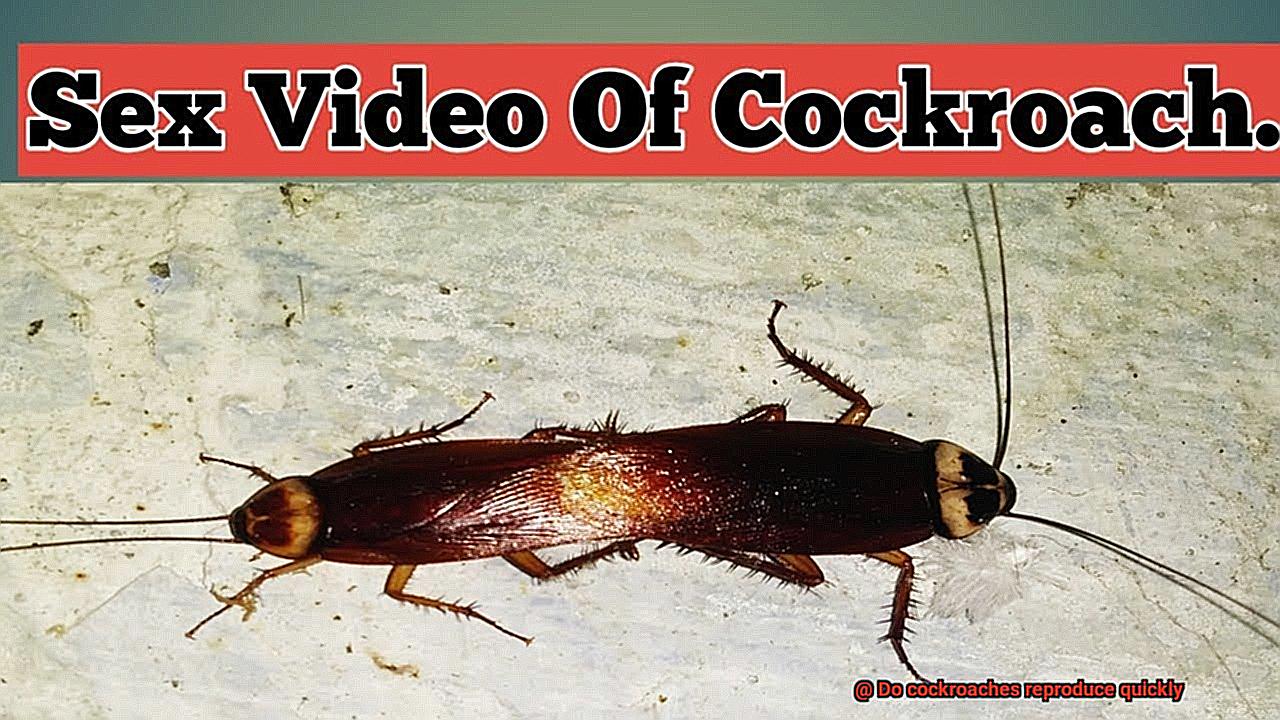
Finally, having a large cockroach infestation can be incredibly embarrassing and stressful for homeowners. Cockroaches are associated with poor hygiene and unsanitary living conditions. A rapidly growing infestation can make it difficult to have guests over or even feel comfortable in one’s own home.
Preventive Measures to Take Against a Cockroach Infestation
The first and most important step in preventing cockroaches is to maintain cleanliness and dryness in your home. Cockroaches are attracted to moisture and food sources, so make sure to clean up any spills or crumbs in your kitchen. In addition, sealing up any cracks or gaps in your home’s exterior can prevent these pests from entering. You can also install weather stripping on doors and windows to block them out.
Eliminating hiding places is another effective strategy to prevent cockroach infestations. Cockroaches love dark, damp areas, so keeping your home well-lit and dry can deter them. Removing clutter and storing food in airtight containers can further discourage these pests from making themselves at home in your pantry or kitchen.
Lastly, don’t ignore plumbing issues in your home as leaky pipes or faucets can create the ideal moist environment for cockroaches. Quickly fixing any plumbing issues can help prevent a cockroach infestation from taking hold.
H_HxwLHX8mc” >
Conclusion
In conclusion, the answer to the question “Do cockroaches reproduce quickly?” is an emphatic yes. These pesky insects have perfected the art of breeding rapidly and effortlessly, with some species capable of producing up to 400 offspring in their lifetime. They are adaptable creatures that can thrive in any environment and reproduce all year round, reaching reproductive age within just 1-3 months of hatching. A single female can lay up to 50 eggs at a time, which can hatch within days under favorable conditions, leading to an entire new generation of roaches.
Cockroach infestations are not only unsightly but also pose health risks. These pests carry diseases such as salmonella and E.coli and produce allergens that can trigger asthma attacks and other respiratory problems. Moreover, they can cause significant property damage and be a source of embarrassment for homeowners.
Preventing a cockroach infestation is crucial. Maintaining cleanliness and dryness in your home, sealing up any cracks or gaps in your home’s exterior, eliminating hiding places, and fixing any plumbing issues are effective strategies to prevent these pests from taking hold.
If you suspect a cockroach infestation on your property, it’s essential to act fast. Cockroaches can multiply quickly and spread throughout your property, making them challenging to eliminate. Contacting a professional pest control company can help you identify the species of cockroach in your property and develop a customized treatment plan based on your specific needs.

